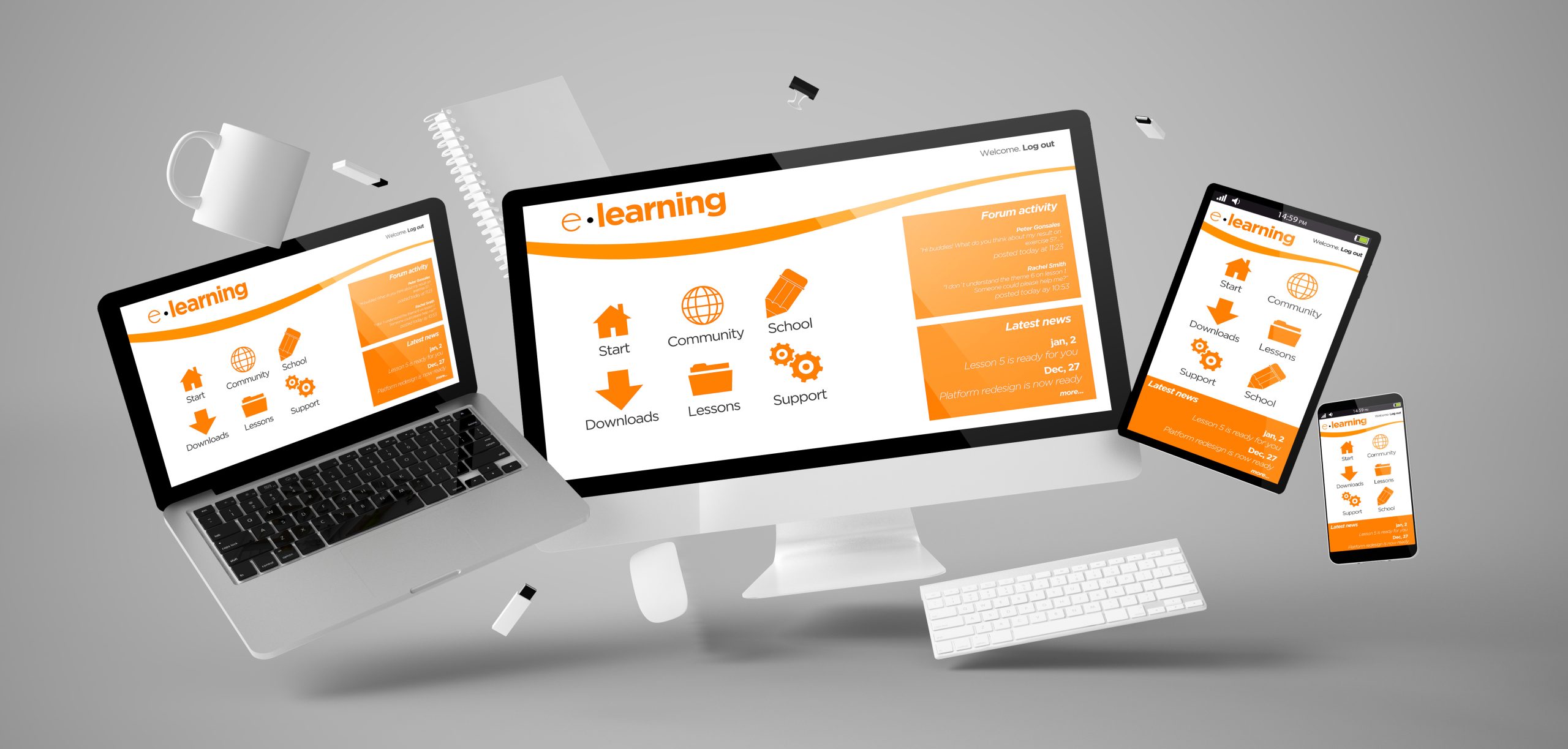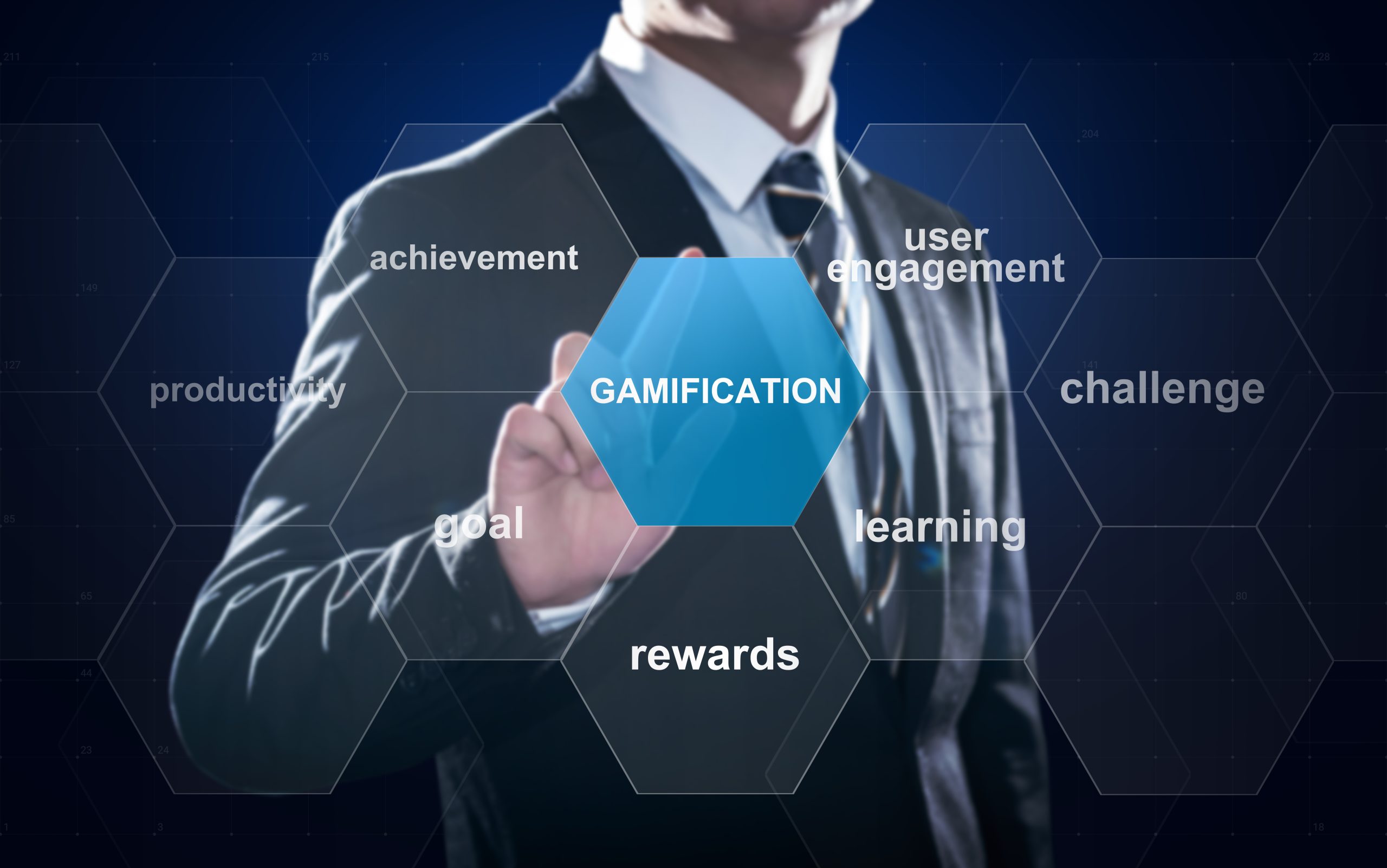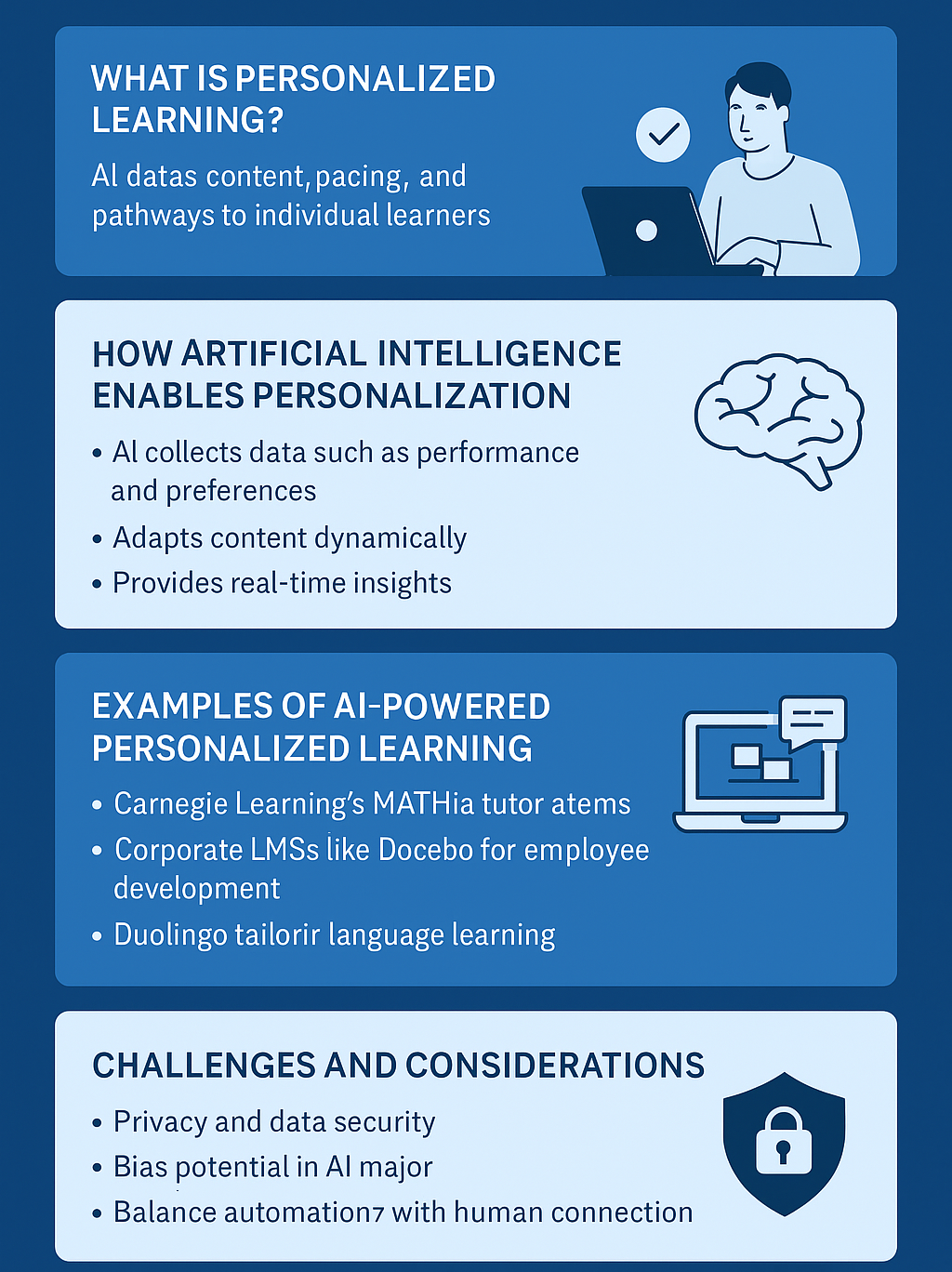

In today’s mobile-first, remote-enabled world, learning is no longer tethered to a desk. Learners are

In today’s fast-paced, mobile-first world, learning is no longer confined to classrooms or desktops. Mobile

Employee-centric learning paths prioritize👩🏽💻 individual needs, 🎯career goals, and 🏅organizational objectives. Below are actionable strategies

Effective instructional design is the cornerstone of maximizing training ROI and driving organizational success. By

What is Gamification in Education? Gamification is the application of game mechanics—such as points, badges,

In today’s fast-paced, tech-driven world, one-size-fits-all education is quickly becoming a thing of the past.

As instructional designers, we understand the importance of delivering content and fostering critical thinking among
Welcome to the blog section of The Space of Agnes Elisa, where strategy meets education and intelligence meets innovation. This space is dedicated to sharing valuable content at the intersection of criminal and corporate intelligence analysis, as well as eLearning instructional Design.
Through in-depth articles, expert tips, and case-based reflections, my blog supports professionals, educators, security teams, and organizations that rely on data, learning, and analysis to stay informed, compliant, and future-ready.


This is not just another blog with theory or recycled ideas.
I write each article from experience—as someone who has conducted investigations, designed training for government agencies, and developed bilingual courses for organizations across industries.
You’ll get: